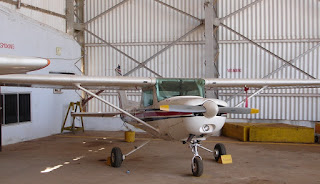The SHEL Model
“SHEL” model : component are (Software, Hardware, Environment, Liveware) are depicted with a pictorial impression of the need for matching the components. The following interpretations are suggested: liveware (human), hardware (machine), software (procedures, symbology, etc.) and environment (the conditions in which the L-H-S system must function). Liveware (the human) is at the centre of the model. Human is generally considered t he most critical as well as the most flexible component in the system. People are subject to considerable variations in performance and suffer many limitations, most of which are now predictable in general terms. The edges of this block are jagged, and so the other components of the system must be carefully matched with them if stress in the system and eventual breakdown are to be avoided. In order to achieve this matching, an understanding of the characteristics of this central component is essential. Ex
